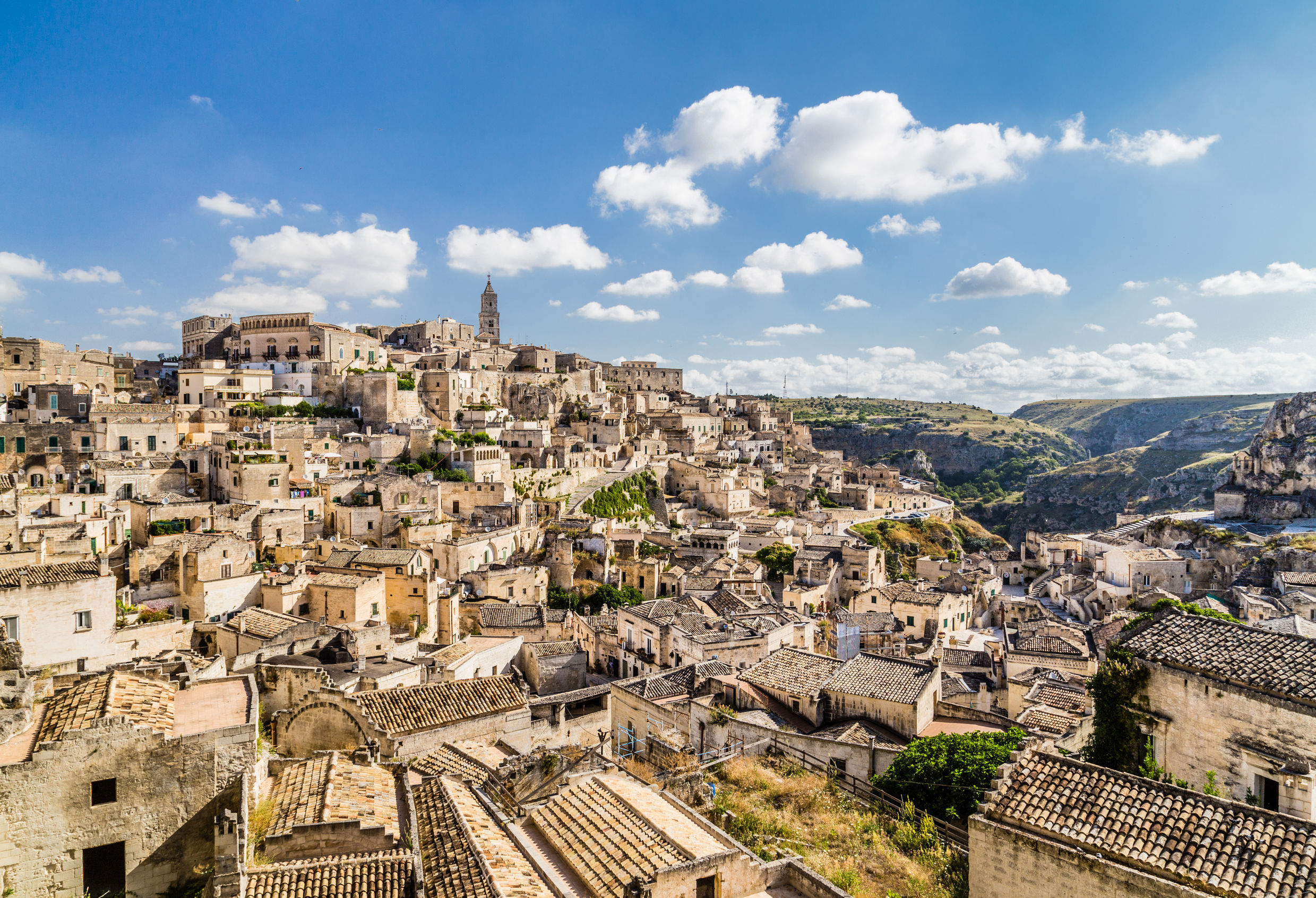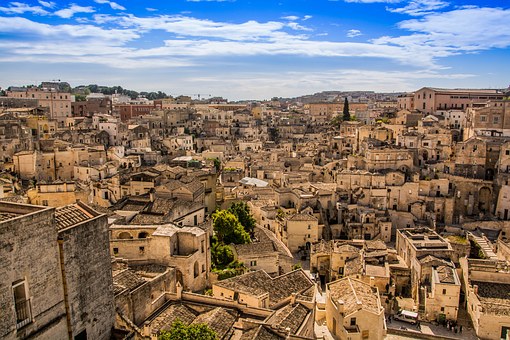The Sassi di Matera between history and curiosity
GRAND TOUR BLOG | 9 September 2020

The Sassi di Matera between history and curiosity

Let's tell a little about Matera
Matera is one of the oldest cities in the world: the first settlements began between the Paleolithic and Neolithic eras. And over time many peoples and cultures have alternated over the years.
The houses excavated inside the caves, have been experienced since the Bronze Age. The first definition of Sasso as an inhabited district it dates back to a document of 1204.
History and curiosity of the Sassi di Matera
in Sassi of Matera history and nature are united by the same matrix…the only! The beauty that made them become a place to visit in the world at all costs…The Sassi represent a cultural landscape: that is how, in 1993, were defined by’Unesco to insert them into the World Heritage.In reality, they were the first cultural assets of the South, to be included in it.
Because they have been declared a UNESCO World Heritage Site?
They have been included because they represent a urban ecosystem particular and wonderful, reminiscent of prehistoric homes.
In fact i Sassi of Matera they are a testimony of a civilization that disappeared as the first inhabitants lived in underground houses, they are an architectural and landscape ensemble that represent significant moments in the history of humanity and theirs is a settlement that has kept its origins in a harmonious environment.

Because they have been named “Sassi”?
Their name “Sassi” coincides with the two main districts of Matera: “Civita” e “Piano“. Around the "Civita" were created the Sasso Barisano and the Sasso Caveoso.
The Sasso Barisano it is so called because of its position: as it is oriented towards the north west it takes its name from the city of Bari.
The Sasso Caveoso, instead, it is oriented towards the south and takes its name from the city of Montescaglioso (known in the Middle Ages as “Mons Caveous“. Sasso Caveoso is particular because it is characterized by houses built one above the other and dug inside the tuff: with the tufa that remained, the “cave”…here is the name “cave dwelling“. This area began to populate around the 16th century with the arrival of Balkan populations.

Curiosity about the Sassi of Matera
I Sassi of Matera they have a particular architecture that tells how man has adapted both to the environment and to the context located in nature: they simply knew how to use the features that the stones “regalavano”.
The architectural structure it is made up of two systems: one visible built with the stratifications of the dwellings, ballotoi, churches, palaces, gardens and streets and that internal and invisible tank format, underground caves, snow and water control systems.
Moreover, the constant temperature of the rooms excavated in the stones, the use of slopes for water control, the rock of housing construction and meteoric phenomena, have been there “fortuna” of the inhabitants of the Sassi because they gave the opportunity to those who lived in these places to live well.



